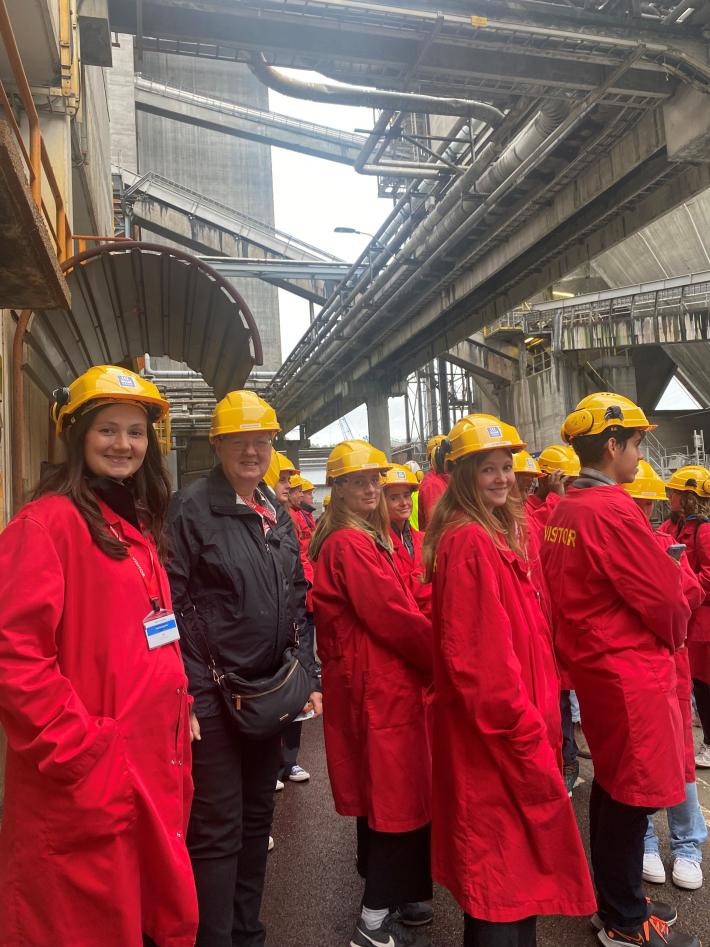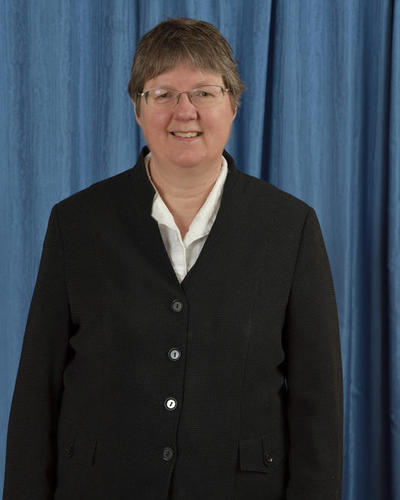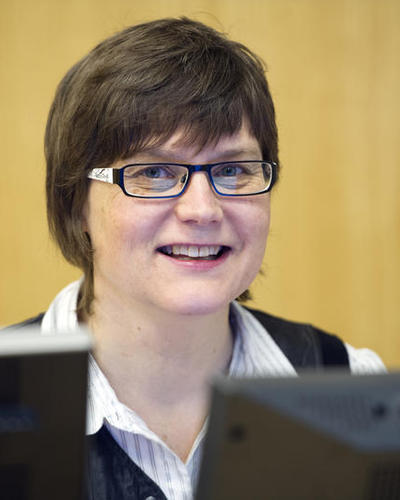Industrial symbioses - strategies and dilemmas
Professor Grete Rusten had a lecture at NorRen summer school 2024 about industrial symbioses. Here is a summary of her lecture.

Hovedinnhold
INDUSTRIAL SYMBIOSES
Strategies and dilemmas seen from an industrial and regional planning perspective
Business parks as industrial symbioses
Several industrial initiatives that are now being planned are based on developing business parks as industrial symbioses. In this review, the development of the concept as scientific recognition is initially examined. It deals with the development of industrial practices in relation to geographical location, organization and links of production systems. It is also about how we can plan such industrial parks with a view to promoting efficient and sustainable energy and material flows.
The planning of the industrial parks of the future may have a circular approach depending on who is invited, co-located and connected.
The presemtation discusses strategies and dilemmas seen from an industrial and planning perspective. It is all about finding the recipe for robust industrial solutions that benefit sustainable social development. Commercial speculative investments on the other hand, must be left out.
Norwegian business parks
The presentation combines theoretical research literature and empirical examples that include business parks of slightly different types of composition and development phases. The review presents both business planning strategies, and actual establishments of industrial symbioses in Norway in different phases, such as Green Mountain near Hamar/Løten, Kvimarka near Jæren, the industrial park in Mo i Rana and Herøya in Norway, and Kalundborg in Denmark. The review has some reflections on the challenges and experiences with this type of business establishment. New types of infrastructure and types of workplaces in these parks are also discussed in the presentation.
Industrial symbioses can sometimes be linked to the restructuring of existing industrial clusters that make them become more capable to share and streamline resource flows than what is the case for conventional parks without this focus. In some cases, it may be a matter of building completely new park arrangements from scratch, as exemplified by the industrial symbiosis between a green house, dairy and poultry slaughterhouse in Kviamarka in Jæren. However, it is not always easy to fully convert conventional industrial parks established over a long period of time into industrial symbioses based on circular solutions. Herøya, are one of several industrial park examples that are not capable of establishing a fully closed symbioses. In practical terms, this has to do with lack of sufficient space. It can also be that the parties that could share material flows through exchange of energy or material through pipelines are not co-located side by side but are in stead placed in different places of the park. Besides old unpractical and massive building structures and equipment can be very expensive to renovate and use. Some businesses find it more favourable to seek for opportunities of linking their value chain with partners located outside the park boundaries. The excursion to Herøya with energy flows between fertilizer production and several other chemical industries is just one of several example of this form of far distance linkage practise. The C02 emissions from the fertilizer factory are for example a resource input to production of carbon dioxide used in the brewing industry. Eventually, the cement production in Brevik on the other side of the fjord from Herøya will ship and store its capture of CO2 in the CCS storage infrastructure in Øygarden. It thus illustrates the way some symbioses can take place far away from the park as well.
Symbiosis centre
Industrial symbioses can be analysed on the basis of structure and connections in the form of energy and material flows, as well as smart electronic networks and piping systems. Nor must we forget knowledge and information exchange. In this context, a symbiosis centre can constitute an arena for knowledge sharing, co-creation and development of innovative solutions in a number of fields. Here you can also gather PhD students and researchers, entrepreneurs and established industrial players, both those who are already in the industrial park, and visitors. The symbiosis center will thus have an important task in profiling and coordinating the park's content externally.
On the whole, it is about being able to create a professional environment based on trust, shared visions, reciprocity and openness across industries and areas of expertise.
Planning industrial symbioses under uncertainty
However, finding the best solution regarding the industrial park's composition is a challenge because it all depends on market and regulatory conditions and these are constantly changing. Attractive offers in other countries can even ruin some investment plans, something Mo i Rana is now experiencing with Freyr, which has chosen to scale down its plans here and instead move investments to the US, which lures with tax incentives. At other times, geopolitical conflicts may mean that alternative suppliers of materials and products must be found. It is precisely this uncertainty about the world around us now and in the years to come that challenges the planning itself. These changes in the plans challenge Rana municipality and real estate investors at this location, which has already taken the initiative to expand the capacity of kindergartens, schools and homes for the many who could move here to work at the large battery factory. Examples invoke the responsibility of central public authorities to take their share of the investment risk through financial support in the initial phase before these projects are able to stand on their own feet. The public contribution can sometimes come in the form of support for infrastructure such as power supply and roads, other times in the form of research grants or capital managed by the industrial players themselves in these investments. However, many projects find that the public sector's efforts are not being made or are not being implemented quickly enough.



